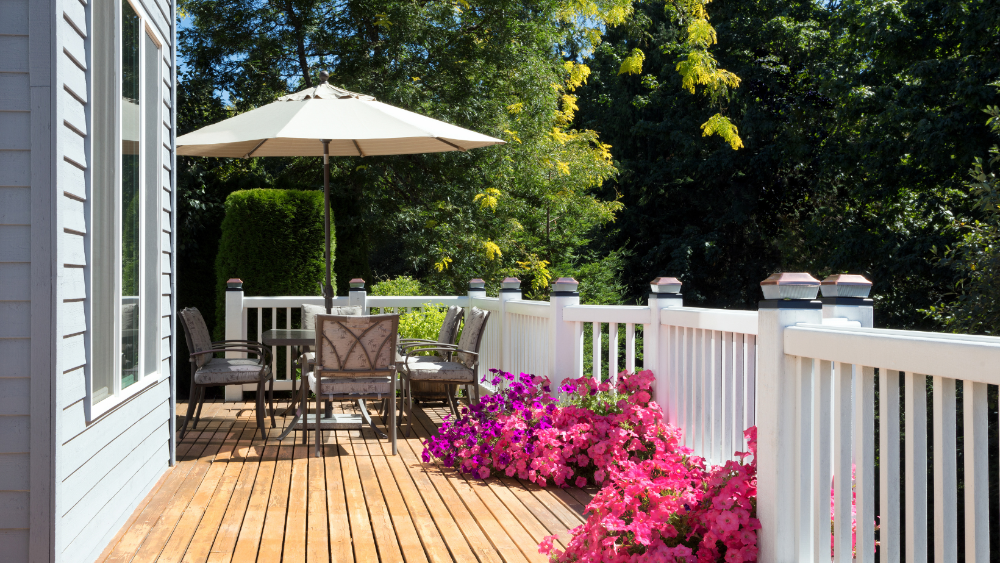
The Atlantic Hurricane Season (June 1 to Nov. 30) is upon us, and the Crystal Coast has seen its share of these destructive storms over the years.
At Al Williams Properties, we care about our clients and our community and want to help you protect your home before storms approach with these tips. There’s comfort in knowing the steps you need to take to protect your property, whether it is your primary home, vacation home, or rental.
Make a Property Inventory & Check Insurance
Look over your insurance policies and coverage to not make mistakes later. Separate policies are needed for protection against wind, hail, and flood damage.
Well before an emergency strikes, inventory your property. A full list of personal items will help with insurance settlements and tax deductions for losses. Be sure to take pictures and describe the items on your list. Put these and other key insurance papers in safe, waterproof containers or in safety deposit boxes.
Power Down
Learn where and how to turn off services for gas, electricity, and water should you need to do so.
Board Up
You may want to have storm shutters or plywood to board up windows. Much of the property damage associated with hurricanes occurs when rain enters structures through broken windows, doors, and openings in the roof.
Keep Water Away
You can take a proactive approach to reduce damage to your home with sandbags that can keep water from entering through doorways. Be sure your gutters are cleaned. If you have water pumps, be sure they are functional. They can help get water out fast if it does get in.
Move furniture and electronic devices off the first-level floors. Roll up areas rugs and get them off the floor. If possible, put ground floor appliances masonry blocks or concrete.
Prune Branches of Trees and Shrubs
Ideally, you should prune dying and weak branches of trees and shrubs throughout the year as part of your regular yard maintenance. But if you have time before a storm, that’s when you should really inspect your yard for branches that might break.
Prune any suspect branches, starting with the ones nearest to your home and other structures. They might do the most damage if they happen to break in the storm.
Then, once you’re done pruning, make sure to drag the cut branches far away from any structures. You might want to bungee them to something solid or even bring them inside a shed or garage to wait out the storm, so they don’t become projectiles.
Bring Outdoor Items Inside or Secure Them
Bring in all of your patio furniture, outdoor toys, container plants, and pool and gardening equipment. These items can be damaged by heavy rains or strong winds, and they can turn into projectiles that damage your home and property.
For heavy or bulky items that you can’t bring indoors, anchor them to something solid as best you can with rope, chains, bungee cords, or other strong materials. If you’re very short on time or have nothing to anchor your items to, you can attempt to shelter them in a swimming pool where winds might be less likely to pick up the items and toss them around.
If you have a boat on a trailer, know how to anchor the trailer to the ground or house—and review your boat insurance policy
Do Not Drain Your Swimming Pool
Many pool owners believe that draining their swimming pools or spas before a storm hits will keep the water from overflowing and flooding their property, but properly built and installed pools should be equipped with overflows that will drain excess water.
Lower the water level no more than 1 to 2 feet if you wish. Otherwise, the hydrostatic pressure can be too strong and possibly cause the pool to “float” or “pop” out of the ground. The water in your pool serves as a kind of shield, protecting your pool’s finish from the effects of flying debris.
The most significant storm damage to your pool can occur with the pump and its motor.
Before a storm, turn off the circuit breaker to the pool equipment (the pump, motor, lighting, chlorinators, etc.). If possible, remove the motor and relocate it to a high-and-dry place inside. Or tightly wrap the motor with plastic and strapping tape or rope
Remove all loose items from the pool area, including the filter housetops and filter lid.
